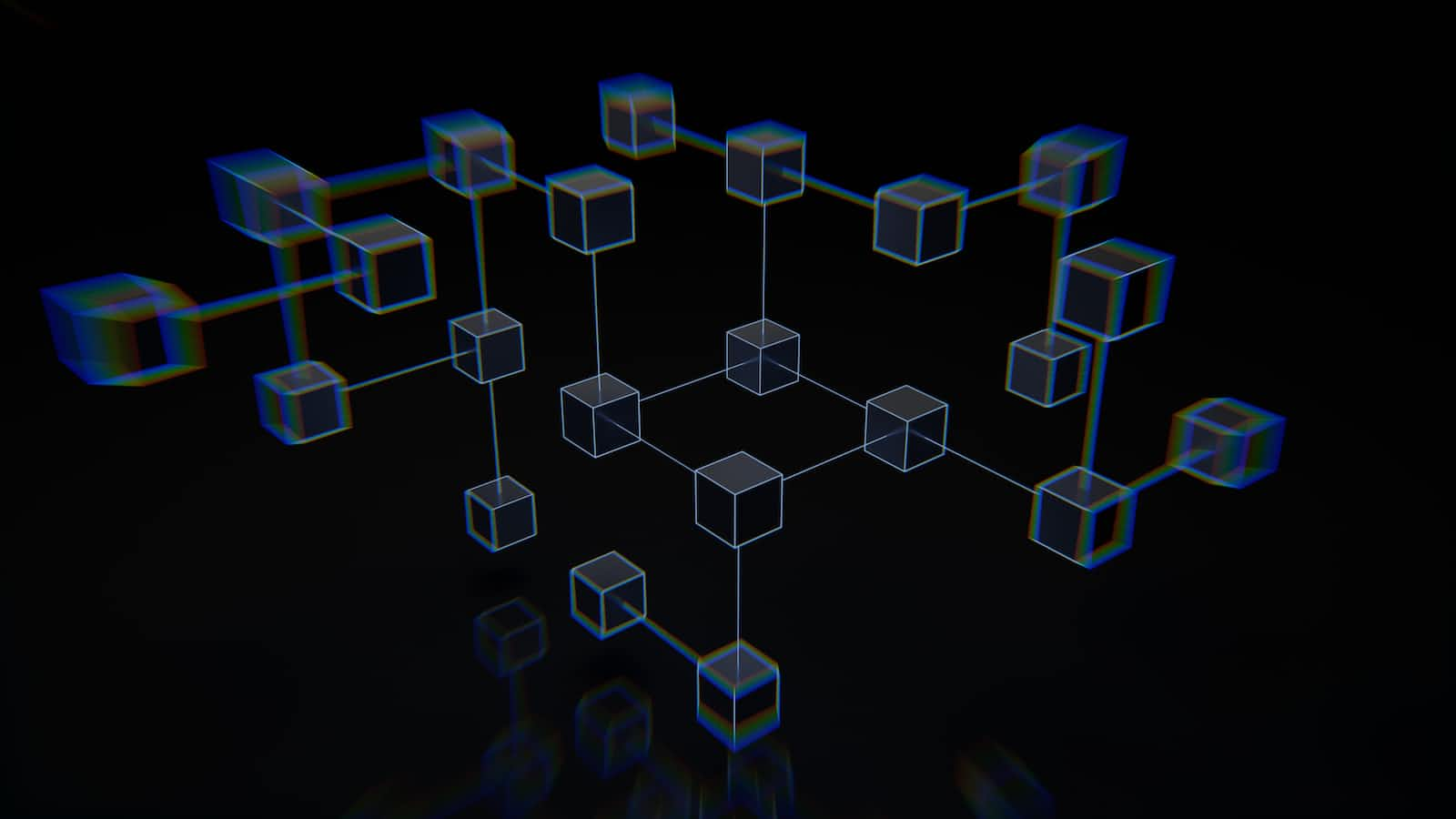What exactly is Ethereum?
 Mike Dabydeen
Mike Dabydeen
Ethereum is a decentralized platform that runs smart contracts.
Smart contracts applications that run exactly as programmed without any possibility of downtime, censorship, fraud or third-party interference. These apps run on a custom-built blockchain, an enormously powerful shared global infrastructure that can move value around and represent the ownership of property.
The Ethereum platform allows for the creation of new cryptocurrencies and decentralized applications (DApps) to be built on top of its blockchain. These DApps are run on the Ethereum Virtual Machine (EVM), a decentralized platform that can execute the code of any decentralized application.
To run the EVM, the Ethereum client must be installed on a computer. The Ethereum client is a piece of software that allows a user to interact with the Ethereum blockchain and run DApps on the EVM.
There are several different Ethereum clients available, each with its strengths and weaknesses. The most popular client is called Geth, which is written in the Go programming language. Other clients include Parity (written in the Rust programming language) and Eth (written in the C++ programming language).
To run the Geth client, a user must first install the Go programming language on their computer. Once Go is installed, the user can download and install the Geth client from the Ethereum project's website.
Once the Geth client is installed, the user can use it to connect to the Ethereum network. The Ethereum network is a decentralized network of computers around the world that are all running the Geth client and are collectively maintaining the Ethereum blockchain.
When a user wants to run a DApp on the EVM, they can use the Geth client to send a message to the network asking for the Dapp to be executed. This message, called a transaction, is broadcast to all the computers on the network.
Each computer on the network, also known as a node, receives the transaction and attempts to execute the DApp on the EVM. This process is called mining, and the nodes that successfully execute the DApp are rewarded with small amounts of the Ethereum cryptocurrency.
Once a node has successfully executed the DApp, it broadcasts the result of the execution back to the network. The other nodes on the network then verify that the result is correct and add it to the Ethereum blockchain.
The Ethereum blockchain is a distributed database that maintains a record of all the transactions that have been executed on the EVM. This database is replicated on every node on the network, ensuring that the entire network agrees on the state of the blockchain at any given time.
In this way, the Ethereum client and the EVM work together to enable the execution of decentralized applications on the Ethereum blockchain. By running on a decentralized network of nodes, the Ethereum platform is able to provide a high degree of reliability, security and censorship-resistance.
Subscribe to my newsletter
Read articles from Mike Dabydeen directly inside your inbox. Subscribe to the newsletter, and don't miss out.
Written by

Mike Dabydeen
Mike Dabydeen
Hi there 🙋♂️, I'm Mike, VP of Engineering at UREEQA. I have a passion for simplify technical problems and solving them. I love working with new technologies esp. Blockchains. Do you have any questions? Don't hesitate to contact me. I can talk about backend development, dev ops, security, management, and general IT related topics.